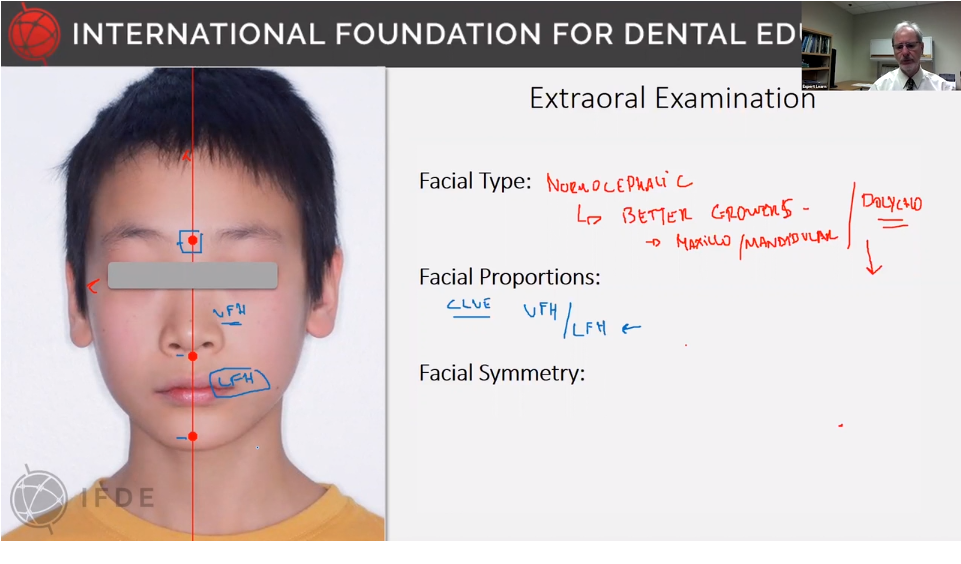
1. Perform a complete facial form analysis which includes identifying the:
- facial type
- profile type
- lip posture
- nasolabial angle
- face height.

2. Obtain diagnostic dental photographs to assist in the diagnosis and treatment of the patient.
3. Perform a functional analysis of the temporomandibular joint and the orofacial musculature.

4. Trace and interpret a cephalometric radiograph.
5. Perform and interpret a simplified cephalometric analysis.

6. Perform a dental cast analysis.

7. Distinguish between a Class I, II, and III Angle classification and their different subdivisions or sub-types.
8. Combine all diagnostic tools to obtain an accurate diagnosis, and establish the most appropriate treatment plan for the observed malocclusion.
At the conclusion of this module, participants will have a working knowledge of the modalities of treatment for all types of Angle malocclusions.
The next module (1B) will address the orthodontic examination. Case presentations will allow participants to practice on their own selected cases.

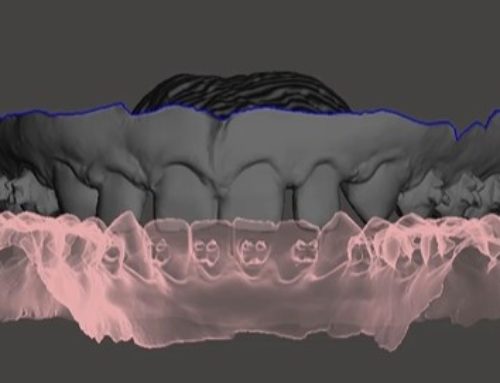
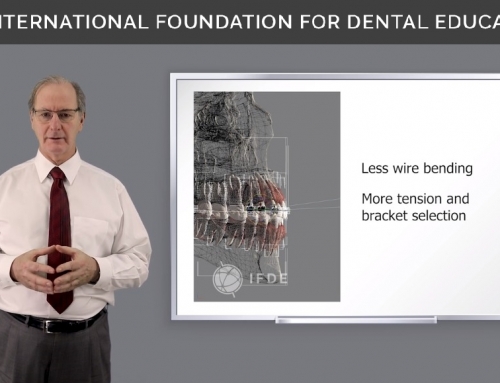
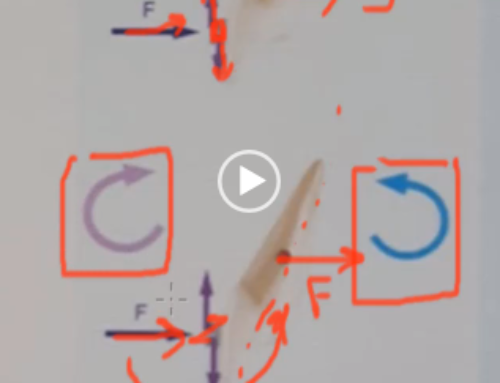
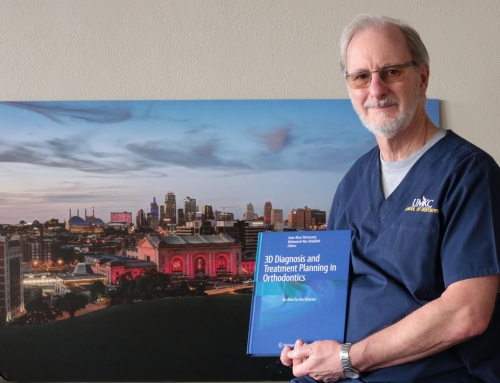
Leave A Comment
You must be logged in to post a comment.